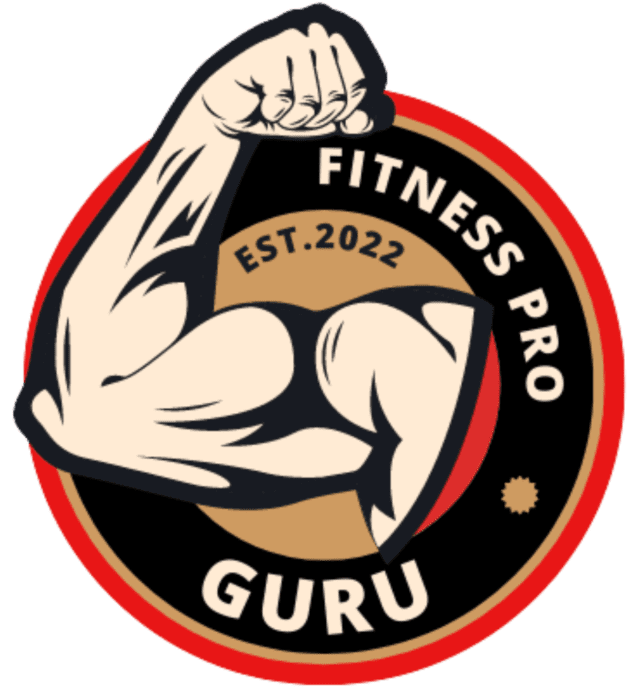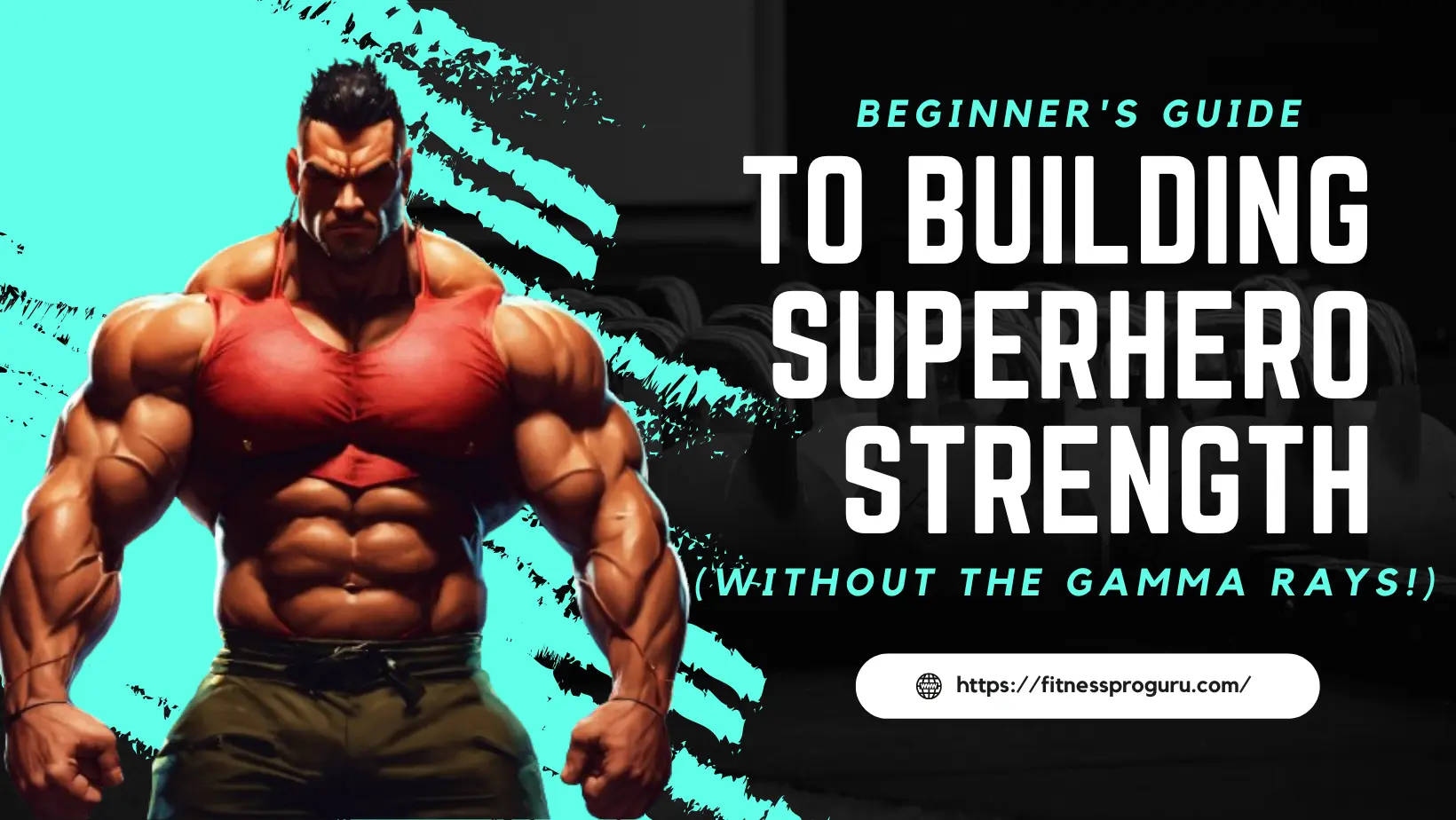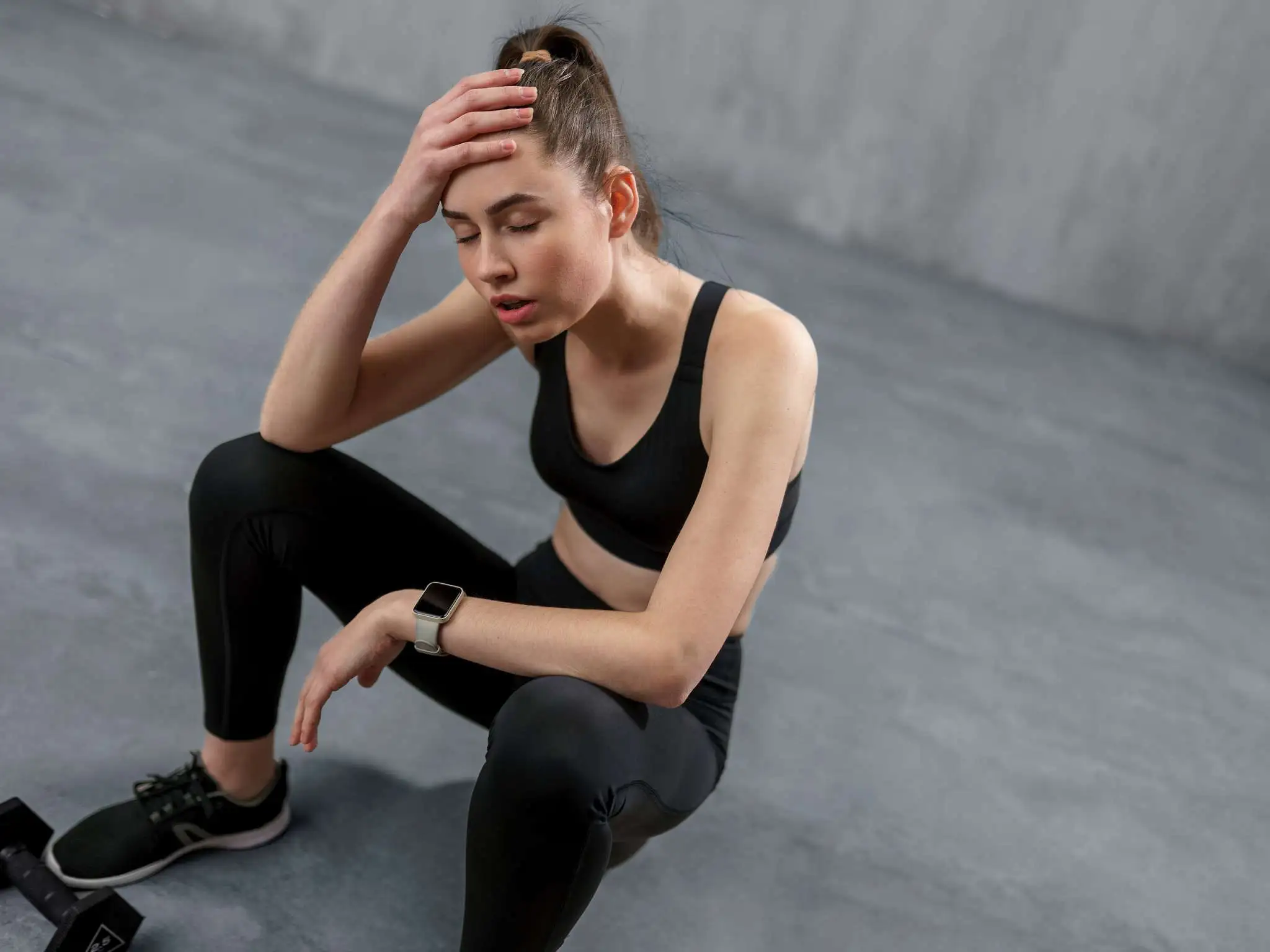

A proper warm-up before exercise is crucial to prepare your body for physical activity and help prevent injuries. Here’s a breakdown of how to warm yourself up effectively:
1. Light Cardio (5-10 minutes):
- Begin with 5-10 minutes of light cardio to gradually increase your heart rate and blood flow. This could involve activities like brisk walking, jogging in place, jumping jacks, or jumping rope.
Fitness That Lasts: Ditch the Fad Diets and Build a Sustainable Workout Routine
2. Dynamic Stretches (10-15 minutes):
- Dynamic stretches involve controlled movements that mimic the exercises you’ll be doing in your workout. These stretches help improve your range of motion and prepare your muscles for specific movements.
- Lower Body: lunges, leg swings, high knees, butt kicks
- Upper Body: arm circles, shoulder rolls, torso twists
3. Focus on Specific Muscle/joint Groups:
- Target the muscles you’ll be using during your workout with specific activation exercises. For example, if you’re going to run, do some walking lunges or high knees. If you’re lifting weights, start with lighter weights and perform a few sets of each exercise with controlled movements.
- Perform gentle joint movements to increase flexibility and lubricate your joints. Focus on your ankles, knees, hips, shoulders, and neck. Rotations, circles, and gentle stretches can be beneficial.
4. Gradual intensity increase:
- Progressively increase the intensity of your warm-up to match the intensity of your upcoming workout. This helps your body transition from a state of rest to active exercise gradually.
5. Stay hydrated: Ensure you are well-hydrated before starting your warm-up. Drink water throughout the day, and take a few sips before you begin exercising.
6. Listen to your body: Pay attention to how your body feels during the warm-up. If you notice any pain or discomfort, modify your routine accordingly. Warm-up exercises should not cause pain but should gently prepare your body for more intense activity.
Remember:
- Maintain a light and controlled pace throughout your warm-up.
- Breathe deeply and rhythmically during your stretches.
- Don’t bounce while stretching, as this can be counterproductive.
- Listen to your body and stop if you experience any pain.
Additional Tips:
- If you’re short on time, a shorter warm-up (5 minutes) is better than skipping it altogether.
- Consider a warm shower or bath before your workout to further loosen your muscles.
- Stay hydrated by drinking water before, during, and after your exercise routine.
By following these steps, you can ensure your body is properly warmed up and prepared for an effective and safe workout.
Advanced Warm-up Techniques:
1. Sport-Specific Drills:
- For athletes or individuals focusing on specific activities like running, tennis, or weightlifting, incorporate sport-specific drills into your warm-up. These drills mimic the movements involved in your chosen sport, further enhancing your body’s preparedness.
2. Foam Rolling:
- Foam rolling is a self-myofascial release technique that involves using a foam roller to apply pressure to various muscle groups. This can help improve blood flow, reduce muscle tension, and increase flexibility.
3. Progressive Overload:
- Gradually increase the intensity of your warm-up exercises as your body warms up. For example, start with walking lunges and progress to walking lunges with arm circles. This helps progressively challenge your muscles and prepare them for higher demands.
4. Focus on Mobility:
- Include exercises that target joint mobility, such as arm circles, ankle circles, and torso twists. This can improve your range of motion and help prevent injuries.
5. Visualization:
- While not a physical activity, visualization can be a powerful tool to prime your mind and body for your workout. Mentally rehearse the movements you’ll be performing, focusing on proper form and technique. This can improve coordination and boost performance.
GLOBAL FOOTBALL FEVER: UNVEILING THE TOP 10 SOCCER LEAGUES AROUND THE WORLD
Remember:
- Tailor your warm-up to your fitness level, the intensity of your workout, and any specific needs or limitations you may have.
- Consult a healthcare professional or certified personal trainer for guidance on creating a warm-up routine specific to your goals and abilities.
By incorporating these additional techniques, you can create a comprehensive and personalized warm-up routine that effectively prepares your body and mind for optimal performance and injury prevention.







